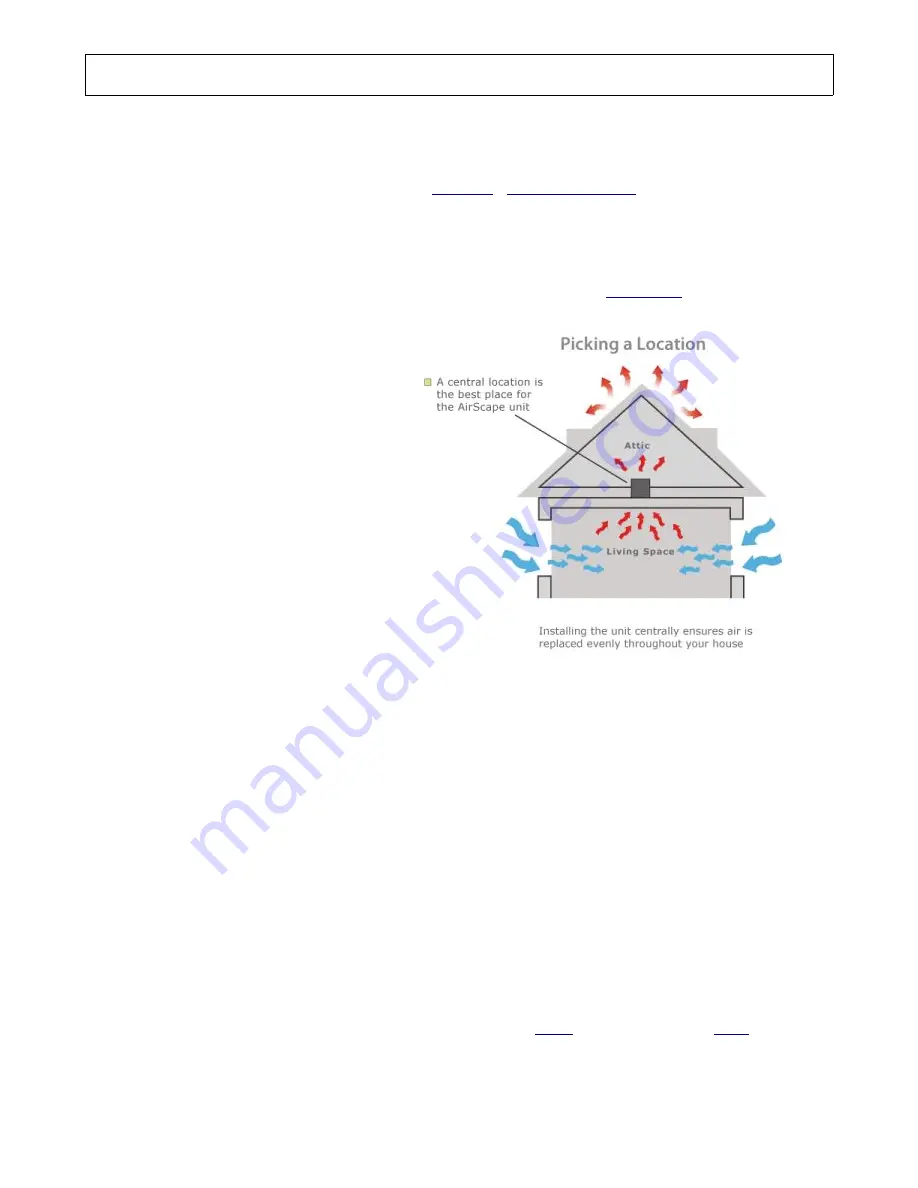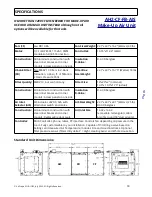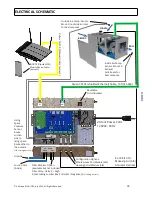
WHOLE HOUSE FAN THEORY OF OPERATION
As a home heats up during the day, a large amount of heat is retained in its structure and contents. These
materials give off their heat slowly and continue to heat the home’s interior even if the outdoor
temperature is comfortable. Homeowners are then forced to endure either uncomfortable hot indoor
temperatures, or the expense of air conditioning.
resolve this dilemma by
exhausting hot indoor air out of, and drawing cool outdoor air into, the home.
Each of our fans has been designed for quiet and efficient operation. As such, we strongly recommend
running this fan through the night to extract the maximum possible amount of heat from the home. This
not only helps maintain a comfortable indoor temperature, but essentially
the home ahead
of the next day’s rise in temperature, which reduces, or can even eliminate, the need for traditional air
conditioning.
• Locate this fan in a central location away from windows that will be opened to promote an even
replacement of air throughout the home and greater the cooling effect.
• Locate this fan at the highest point possible to exploit natural convection and help exhaust the
hottest indoor air from the home.
• In a two-story home, the ideal location for this fan is typically in the open area at the top of the
stairs.
Required Attic Ventilation:
It is critical that the attic be sufficiently ventilated for this fan to operate properly. Without adequate
ventilation, hot air cannot easily escape from the attic, which creates back-pressure that can substantially
reduce the fan’s performance. Specifically, operating this fan in an attic with less net free
ventilation area than recommended will decrease its airflow and energy efficiency.
We recommend a minimum of
2.3 ft
2
to 4 ft
2
of “net free” ventilation area for the MUA Unit’s fan highest
speed.
Net free ventilation area can be provided by any combination of
, eyebrow, roof cap,
, or
ridge vents, or any other method of ventilating the attic space. However, the openings of most vents are
partially obstructed by grilles, louvers, and/or screens. A vent’s “net free” ventilation area is then the
© AirScape MUA-IOM, July 2022, All Rights Reserved.
26






























